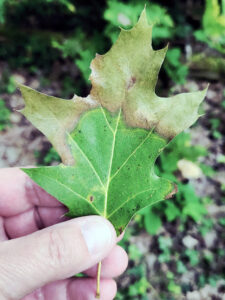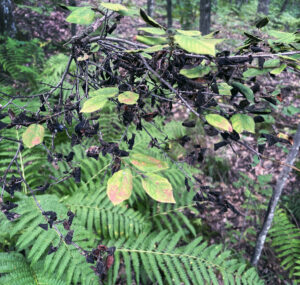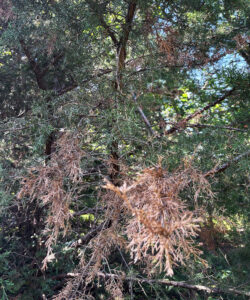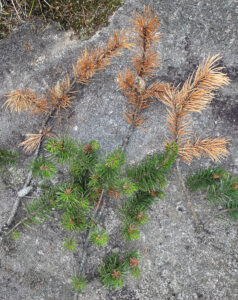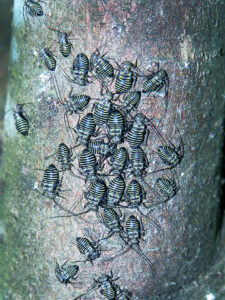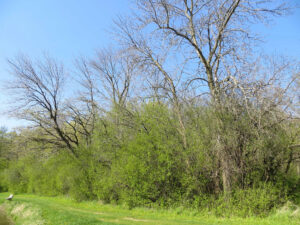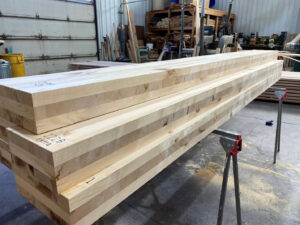
Various panels of cross-laminated timber awaits a return trip to Madison, Wisconsin, for testing at the USDA Forest Products Laboratory. / Photo Credit: Wisconsin DNR
By Ram Dahal, DNR Forest Economist, Madison;
Ram.Dahal@wisconsin.gov
A recent study conducted by Michigan State University and the Wisconsin Department of Natural Resources highlights Wisconsin’s strong potentiality to locate mass timber industry in the state, leveraging its abundant forest resources, existing forest products infrastructure and growing market demand.
Continue reading “Wisconsin’s Mass Timber Future: Building Strength From Forest To Facility”



